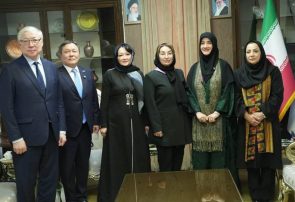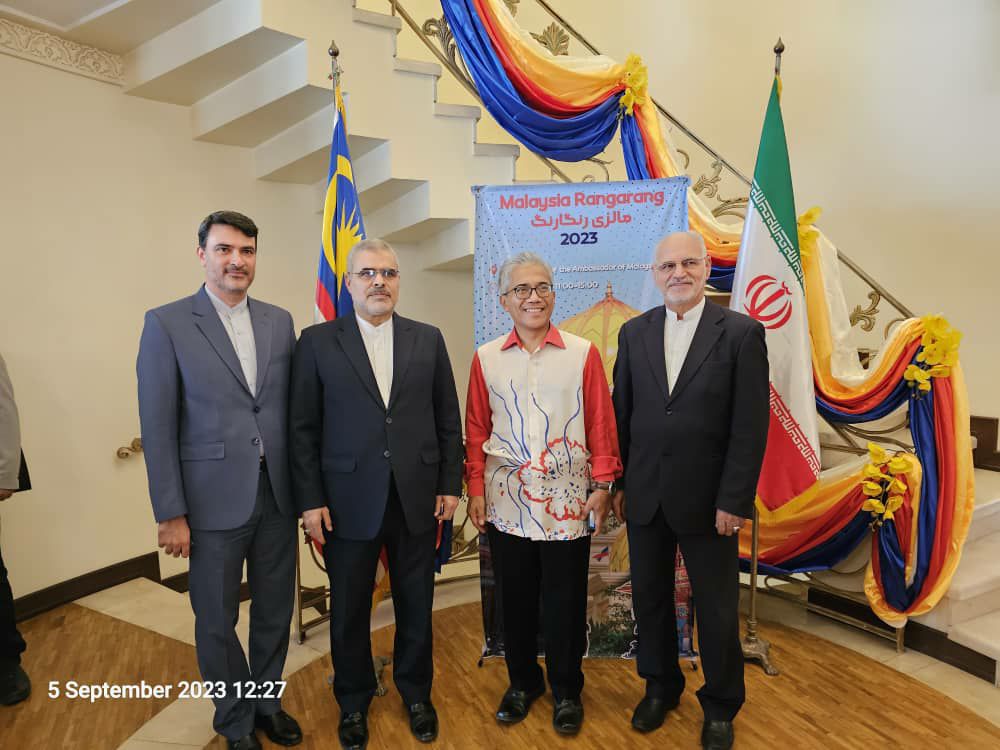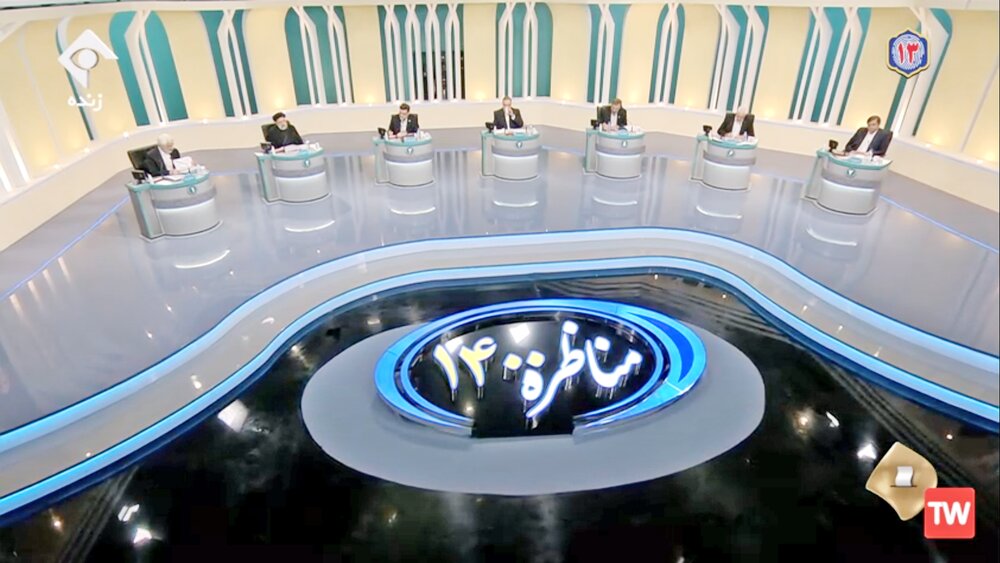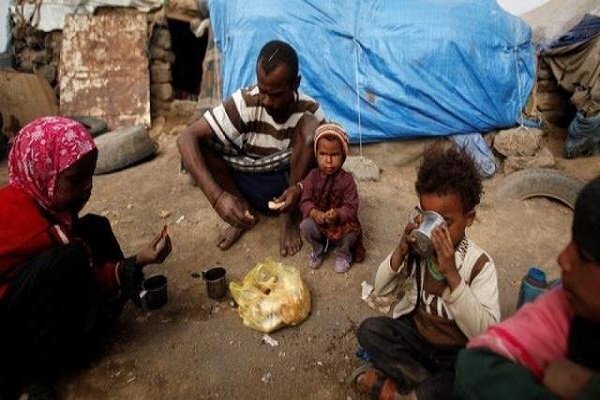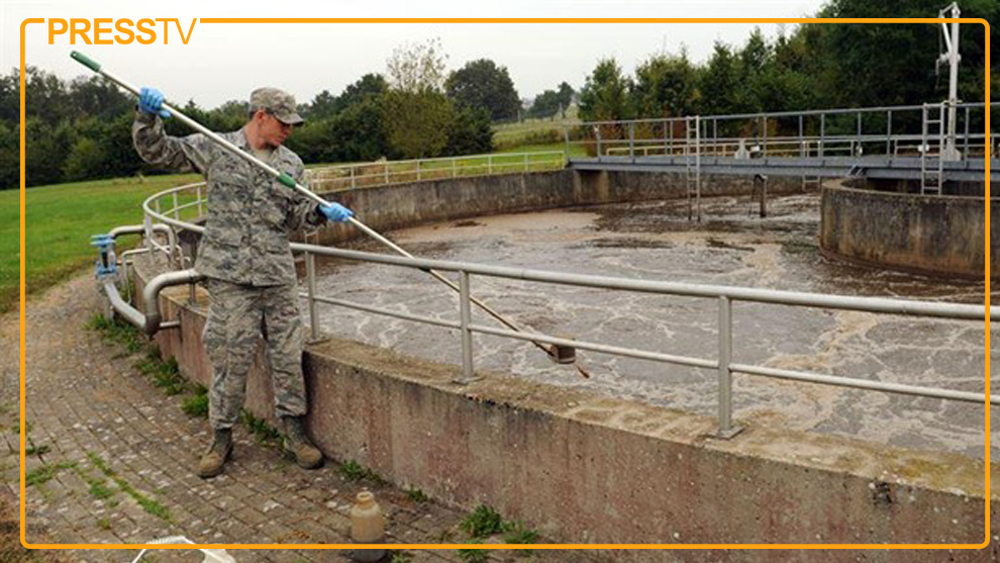Iran, Kazakhstan Propose Cultural Consortium to Explore Shared Heritage
TEHRAN (Iran News) Maryam Jalali, Deputy for Handicrafts at the Ministry of Cultural Heritage, met with a Kazakhstani cultural delegation led by Ontalap Serikbayevich Onalbayeva, Kazakhstan’s Ambassador to Iran. During the meeting, Jalali emphasized the historical and cultural commonalities between the two nations and proposed the formation of a cultural consortium.
The meeting was also attended by Atousa Momeni, head of Iran’s Intangible Cultural Heritage Center; Zhanar Dossaeva, Deputy Head of Kazakhstan’s Culture and Information Ministry; Berik Abdigali, Director of the Kazakh National Museum; and Sagila Norlanova, Head of the National Archives. Participants discussed strengthening bilateral cooperation in cultural, artistic, and museum sectors based on their shared heritage.
Jalali pointed to the Timurid era as a historical period linking Iran and Kazakhstan, noting its potential for collaborative projects in cultural heritage. She highlighted how Iran’s rich tradition of handicrafts, embodying creative thought in tangible form, could serve as a vehicle for deeper cultural understanding. She invited Kazakh artists to partner with Iranian craftsmen to transform Kazakh identity and symbolism into enduring works using wood, glass, and metal.
One of Jalali’s key proposals was the creation of a statue of Persian polymath Omar Khayyam by Iranian woodcarving masters to be installed in the central square of Taraz, Kazakhstan — symbolizing cultural collaboration.
Acknowledging Kazakhstan’s advanced felt production technology, she also proposed a sister-city relationship between Shahrekord (recognized as Iran’s feltwork capital) and Taraz to strengthen cultural and artistic ties.
Jalali underscored the important role of women in the cultural development of both nations. She cited the shared nomadic lifestyles of Iranian and Kazakh tribes as a foundation for joint projects and emphasized empowering tribal women through handicraft and cultural initiatives.
During the meeting, Jalali extended an invitation to the Kazakh delegation to attend Iran’s celebration of World Handicrafts Day on June 10. She also revealed plans for showcasing Iranian artworks during the upcoming visit of the Iranian President to Kazakhstan.
Future cooperative efforts include a joint cultural night, media content co-production with Kazakhstan’s Ministry of Information to highlight cultural attractions and crafts, and the establishment of permanent cultural trade centers for Iranian and Kazakh products.
The Kazakh delegation welcomed these initiatives, reaffirming their readiness to deepen cultural relations, explore shared historical roots, and promote Iranian handicrafts in Kazakhstan.
To conclude their visit, the Kazakh representatives toured the Traditional Arts Research Center, exploring various specialized workshops in pottery, tilework, brocade weaving, metal engraving, wood inlay, musical instrument making, miniature painting, and calligraphy. They were introduced firsthand to the creative processes of Iranian artisans.
Meanwhile earlier during a meeting between the Director General of the National Museum of Kazakhstan and the Director General of the National Museum of Iran, both parties emphasized the importance of cultural and inter-museum collaboration. They reached agreements on organizing joint exhibitions and establishing a shared digital database.
Berek Abdigali, Director General of the National Museum of Kazakhstan, met with Jebrael Nokandeh, Director General of the National Museum of Iran.
In this meeting, Jebrael Nokandeh welcomed the guests and, referring to the shared cultural heritage of the two countries and the memorandum of understanding between the two museums, expressed Iran’s readiness to expand inter-museum cultural cooperation.
Among his proposals were the organization of joint exhibitions and the launch of a shared digital database to facilitate the exchange of cultural information and artifacts.
Berek Abdigali also emphasized the importance of implementing the provisions of the memorandum of understanding and identified the shared heritage of Iran and Kazakhstan across various historical periods — including the Scythian era, the Islamic period, and especially the Timurid period — as suitable grounds for further cooperation.
He proposed holding an exhibition of works from the National Museum of Iran in Astana in 2025, and an exhibition from the National Museum of Kazakhstan at the National Museum of Iran in 2026.
Both sides agreed to coordinate and implement the necessary steps for these joint exhibitions soon through official diplomatic channels.
After the meeting, the guests toured the National Museum of Iran and became acquainted with Iran’s historical and cultural artifacts.
Attending the meeting were Zhannar Dossayeva, Deputy Head of the Culture Committee of the Ministry of Culture and Information of Kazakhstan; Sagila Nurlanova, Head of the National Archives of Kazakhstan; Beik Murad Haidar, Deputy Ambassador of Kazakhstan; Karam Mezzai, Head of the Department of Archaeology and Islamic Art at the National Museum of Iran; Masoumeh Ahmadi, Head of International Affairs at the National Museum of Iran; and Roshan from the Ministry of Foreign Affairs.
- source : IRAN NEWS NATIONAL DESK

